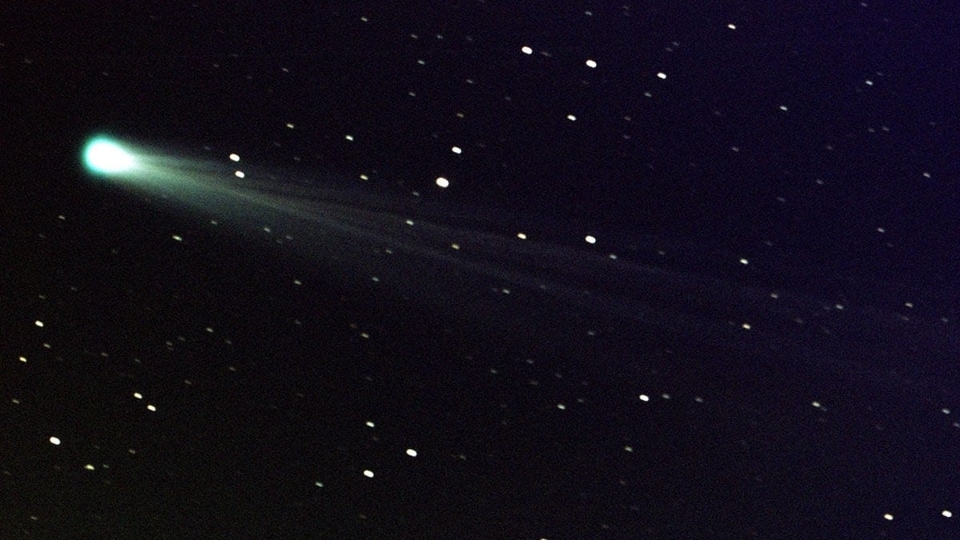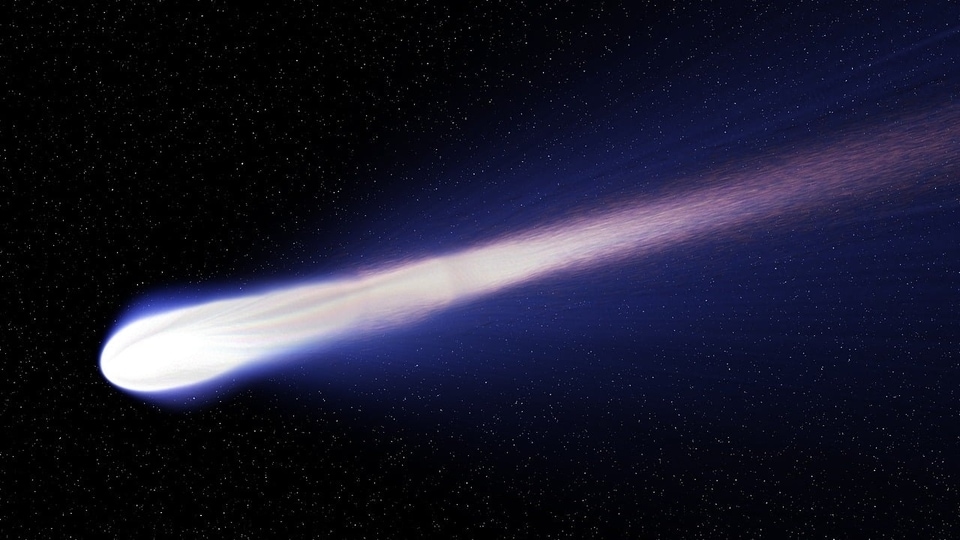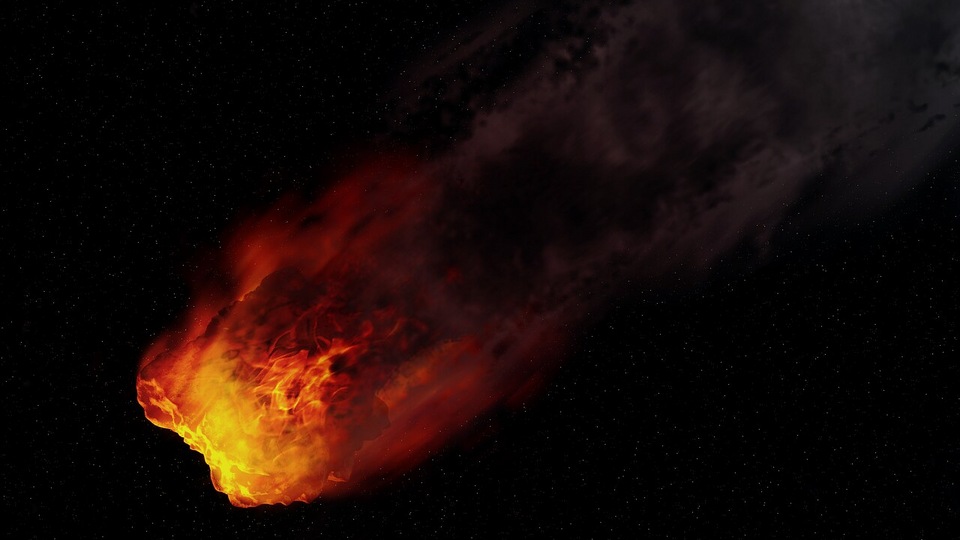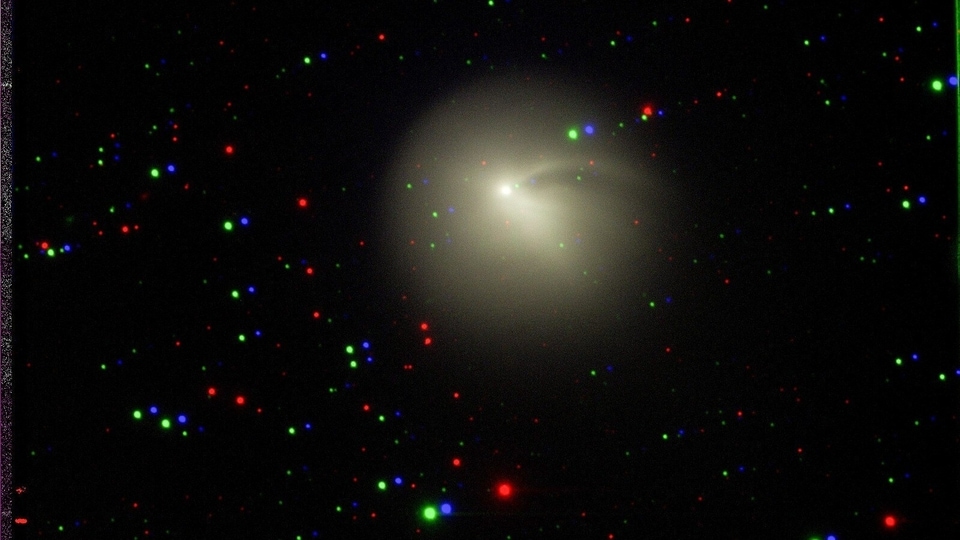Indian Himalayan Chandra Telescope captures mesmerising Devil Comet in all its glory
Indian Himalayan Chandra Telescope captures Comet P12/Pons-Brooks, a 350,000 km behemoth, revealing its dynamic outbursts and upcoming dazzling display near Earth and the Sun.






 View all Images
View all ImagesIn an amazing celestial feat, astronomers at the Indian Institute of Astrophysics (IIA) have snapped a breathtaking image of Comet P12/Pons-Brooks, also known as Devil Comet, using the Himalayan Chandra Telescope (HCT) at the Indian Astronomical Observatory in Hanle, Ladakh. Often referred to as the 'Devil Comet' or likened to the iconic 'Millennium Falcon' due to its distinct appearance, this cosmic wanderer, discovered in 1812, orbits the Sun every 71 years. Recent observations have revealed a surge in its activity, marked by multiple outbursts of gas and dust that have significantly heightened its luminosity.
The captured image is a composite of individual exposures employing three different colour filters. The comet's swift movement across the sky results in a displacement of stars in each exposure, tinted by the corresponding filter colours, News18.com reported.
Central to the Indian Himalayan Chandra Telescope's photograph is a luminous arc, representing an outburst from the comet's coma, accompanied by a darker lane, the shadow of the comet's nucleus cast on the surrounding gas. The comet's expansive atmosphere, forms a spherical halo and boasts an impressive diameter of 350,000 kilometres, underscoring the dynamic and volatile nature of these ancient celestial travellers. The Comet itself is actually over 11 miles wide.
Astronomical Insights
Margarita Safonova, an astronomer at IIA, highlighted the comet's heightened activity since July, marked by four significant outbursts, each releasing billions of kilograms of material and causing the comet's brightness to surge nearly a hundredfold.
The latest burst of activity on November 14 is believed to have resulted from solar heating, causing subterranean gas to erupt through the icy surface. As Comet P12/Pons-Brooks gears up for its closest approach to the Sun on April 21, 2024, and its nearest encounter with Earth on June 2, 2024, it promises to offer a spectacular celestial display. At its closest, it will be just 1.5 times the distance between Earth and the Sun, potentially visible to the naked eye or, at the very least, through binoculars or small telescopes.
Niruj Mohan Ramanujam, the head of outreach at IIA, emphasised the universal fascination with comets and the institute's commitment to documenting this particular comet's journey for public viewing.
Catch all the Latest Tech News, Mobile News, Laptop News, Gaming news, Wearables News , How To News, also keep up with us on Whatsapp channel,Twitter, Facebook, Google News, and Instagram. For our latest videos, subscribe to our YouTube channel.

























